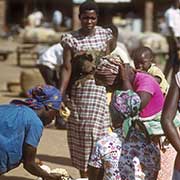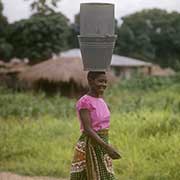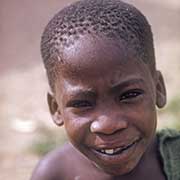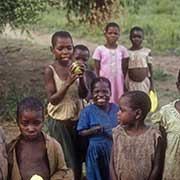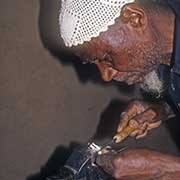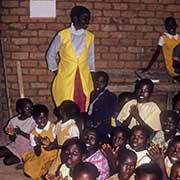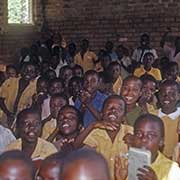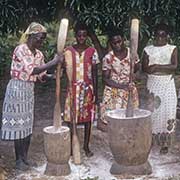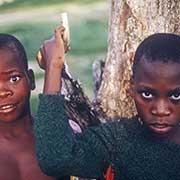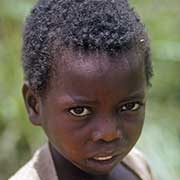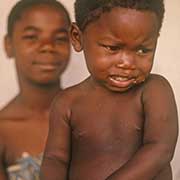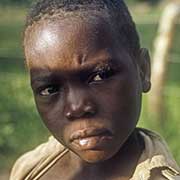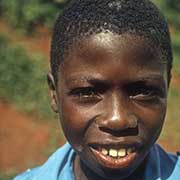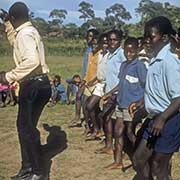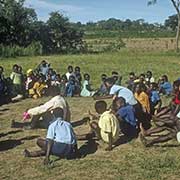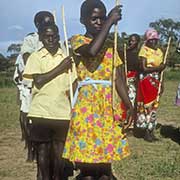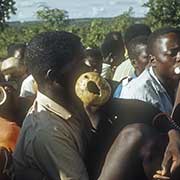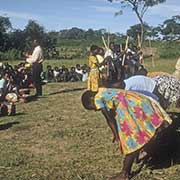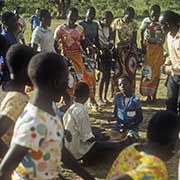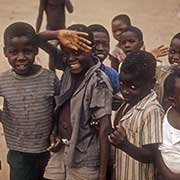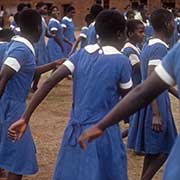Photos of The people of Malawi, Malawi
The people of Malawi
Malawi is a multiethnic society; ten ethnic groups associated with the country all speak Bantu languages. About 25% of the people are Chewa, and their language, ChiChewa, is the national language. Over 41% of the population speak it, and it is the medium of instruction in schools. However, students in private elementary schools may receive instruction in English, which remains Malawi’s official language.
you may then send it as a postcard if you wish.
Over 20% of the population is Tumbuka, and they live in the northern region. The Lomwe (18%) live in the south of Malawi and neighbouring Mozambique. Other ethnic groups, having 5% or fewer members, are Yao, Ngoni, Sena, Mang’anja, Nyanja, Tonga, Nonde, Lambya, and Sukwa. Until the beginning of the 20th century, there were conflicts between different ethnicities, but nowadays, those distinctions have diminished. There is no significant inter-ethnic friction, although regional divisions still occur.
The indigenous ethnic groups of Malawi have a rich tradition of basketry and mask carving, and dances are a vital part of the culture. Traditional music and dances can be seen at initiation rites, rituals, marriage ceremonies, and celebrations. The people of Malawi are friendly and welcoming to visitors. Although one of the poorest countries in the world, Malawi is known as the “Warm Heart of Africa” because its people are friendly and peaceful, making visitors feel welcome and at ease in their beautiful country.



